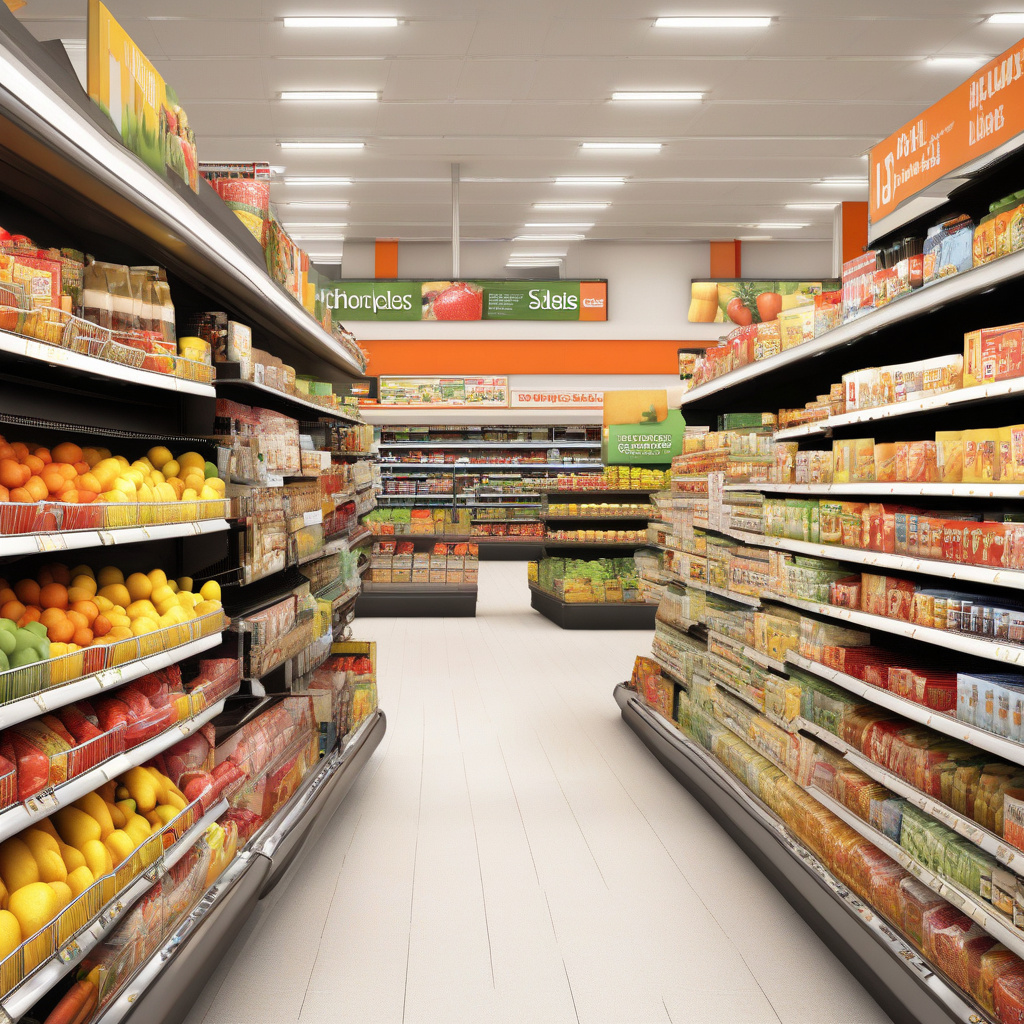Loblaw Reinvents Customer Engagement: How Going Offline is Driving Sales and Loyalty
In a world dominated by digital marketing strategies, one Canadian grocer is taking a step back to basics to drive sales and foster customer loyalty. Loblaw, a well-known name in the retail industry, is leveraging an unconventional tool to achieve its goals – the humble print receipt.
Traditionally viewed as a mundane piece of paper listing purchased items, Loblaw has transformed the receipt into a powerful marketing and engagement tool. By capitalizing on the vast potential of offline marketing, Loblaw is setting a new trend in the retail sector.
The Power of Personalization
One of the key strategies employed by Loblaw is personalized offers and recommendations printed directly on the receipts. By analyzing customer purchase history and shopping patterns, Loblaw tailors exclusive discounts and promotions to individual customers. This level of personalization not only enhances the customer shopping experience but also increases the likelihood of repeat purchases.
Driving Sales Through Offline Channels
While online marketing tactics have proven to be effective, Loblaw’s offline approach is yielding impressive results. By placing targeted offers directly into the hands of customers, Loblaw is able to drive sales both in-store and online. This seamless omnichannel experience ensures that customers feel valued and appreciated, leading to increased brand loyalty.
Building Customer Loyalty
In today’s competitive retail landscape, building and maintaining customer loyalty is paramount. Loblaw understands the importance of creating meaningful connections with its customers. By providing personalized recommendations, exclusive offers, and tailored promotions, Loblaw is strengthening its relationship with customers and fostering long-term loyalty.
The Future of Retail Marketing
As Loblaw continues to innovate and explore new ways to engage with customers, other retailers are taking note. The success of Loblaw’s offline marketing strategy serves as a testament to the enduring power of traditional marketing tactics in a digital age. By combining the best of both worlds – offline and online marketing – retailers can create impactful campaigns that resonate with customers on a personal level.
In conclusion, Loblaw’s decision to go offline in order to drive sales and customer loyalty is a bold and innovative move that is paying off in dividends. By harnessing the power of personalized offers, targeted promotions, and meaningful engagement, Loblaw is setting a new standard for retail marketing in the digital era.
Loblaw, Retail, Marketing, Customer Loyalty, Sales
